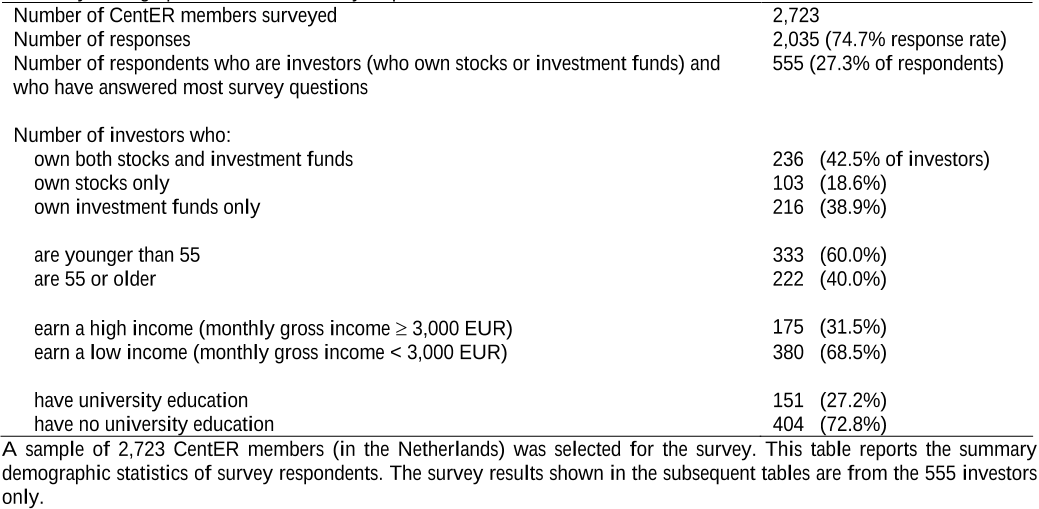Abstract: . This paper examines the relationship between stock prices and macroeconomic variables namely, inflation rate, Treasury bill rate, exchange rate and money supply in Tanzania. The paper uses monthly time series data spanning from January 2012 to December 2016 across 10 companies listed on the Dar es Salaam Stock Exchange. Johansen’s co-integration and vector error correction models have been applied to investigate the long-run relationship between stock prices and macroeconomic variables while considering average stock price on one hand and individual companies stock prices on the other hand. We specify 11 models, whereas model 1 examines the effects of macroeconomic variables on overall stock price, models 2-11 explore the effects of the same macroeconomic variables on individual firm’s stock price across 10 firms. This is important because some firms tend to behave differently as far as changes in macroeconomic variables are concerned. The empirical analysis reveals that macroeconomic variables and the stock prices are co-integrated across all models and, hence, a long-run equilibrium relationship exists between them. Equally important, all regression models pass the specification tests of heteroscedasticity, serial correlation, Ramsey RESET test of specification and Jacque-Bera Normality test. The overall model regression results show that money supply and exchange rate have a positive effect on stock prices. By contrast, Treasury bill rate tends to have a negative effect on stock prices. Inconsistent with the a priori expectation, inflation rate seems to exert no impact on overall stock prices. However, individual firms’ regressions show that the coefficient on inflation is negative and statistically significant in 6 models but weakly significant in 2 models, and positive and statistically significant in 1 model. Similar controversial results across firms are revealed on the other macroeconomic variables while considering individual firms regressions. Nevertheless, money supply is found to be the main determinant of stock and hence, it should be targeted as the main monetary policy aimed at directing the stock market in Tanzania. Keywords. Stock prices, Macroeconomic variables, Error correction models. JEL. D51, H54, O24.





